Removal & Relocation Of Raccoons
Contents
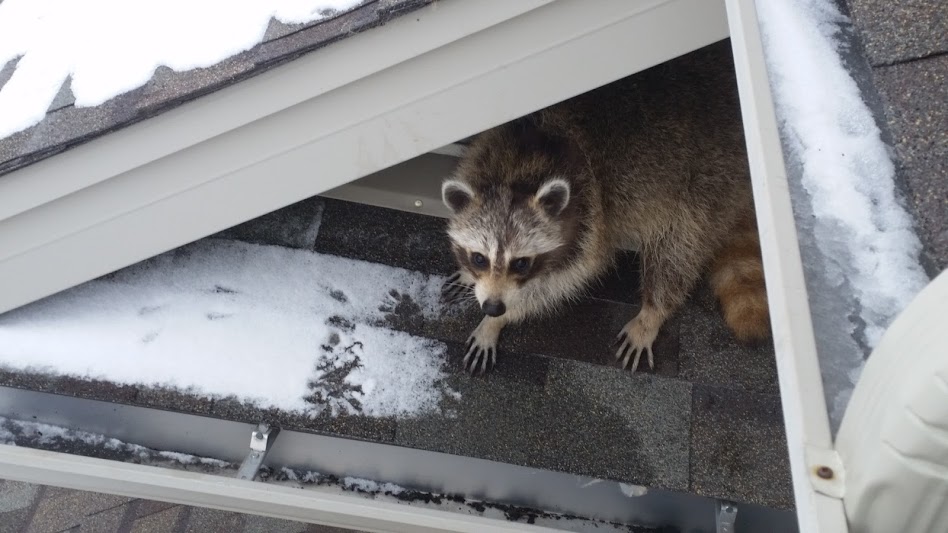
We provide humane raccoon removal for local residents. Raccoons are understood for their intelligence and their capacity to create complex issues for home owners. A normal raccoon is born with paws that can grip and shred a broad range of objects. Raccoons are infamous for making use of the little doors developed for your pets. As soon as a raccoon has actually entered your house, the raccoon may not wish to leave.
 You might quickly find yourself with a family of masked raccoons in your fireplace, attic, or hall closet. We can assist with the humane raccoon removal our local residents need. We can help you in eliminating that family of raccoons that has actually attacked your dwelling, and we will safely transport the animals to a better environment.
You might quickly find yourself with a family of masked raccoons in your fireplace, attic, or hall closet. We can assist with the humane raccoon removal our local residents need. We can help you in eliminating that family of raccoons that has actually attacked your dwelling, and we will safely transport the animals to a better environment.
Signs Of Raccoon Near Your Home

The best sign that you are dealing with raccoons is the time of day you notice the activity. Raccoons are nocturnal animals and the most common period in which a raccoon will try to gain entry to any structure is throughout the late evening hours or over night.
Another major consideration is the time of year. Child raccoon season takes shape in early spring, peaking around the month of March. Once the infant raccoons are born, the raccoon family will stick around for a bit longer; it normally takes three months for infants to grow strong enough to move around on their own.
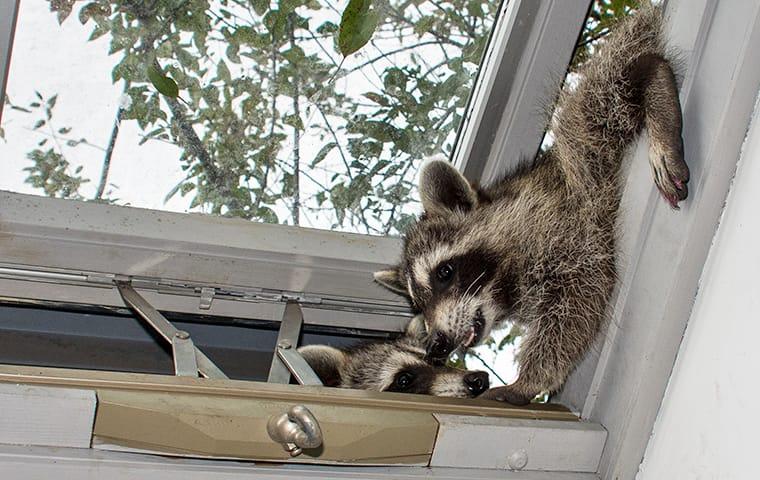
If you’ve identified an adult female raccoon in your attic or in close proximity to your attic during this time of year, it’s highly likely she has infants nearby. If you hear the sound of crying or high-pitched squealing, that’s the sound of children requiring their mother.
Raccoon Damage To The Home

When raccoons reside inside an attic they are capable of causing significant property damage. We often discover that the damage raccoons do to gain entry to your attic is the tip of the iceberg compared to what they do when inside. In really little time, a family of raccoons is capable of destroying your insulation and filling your attic with hazardous and odorous urine and feces.
Raccoons can rapidly trample and compress attic insulation merely by walking. Pregnant female raccoons will compact and clear large areas of the attic to comfortably rest and nurse their young. All of this activity serves to damage your insulation and reduce its efficiency. A properly insulated attic is important to keeping your house warm in winter season and cool in the summer. Raccoon damage can cost you countless dollars in inflated heating and cooling costs.

An even scarier idea for numerous is the fact that raccoons will use your attic as a giant litter box. The amount of urine and feces produced by a single raccoon suffices to develop some major health issues. These issues are multiplied when as many as 8 babies are born and raised simply inches above your ceiling.
Roundworm
Infection by the raccoon roundworm is also called Baylisascaris. When infected eggs of this roundworm are ingested by humans, Baylisascaris larvae hatch in the intestinal tract and travel through the organs and muscles. The CDC has more information of the dangers of roundworm in raccoon droppings.
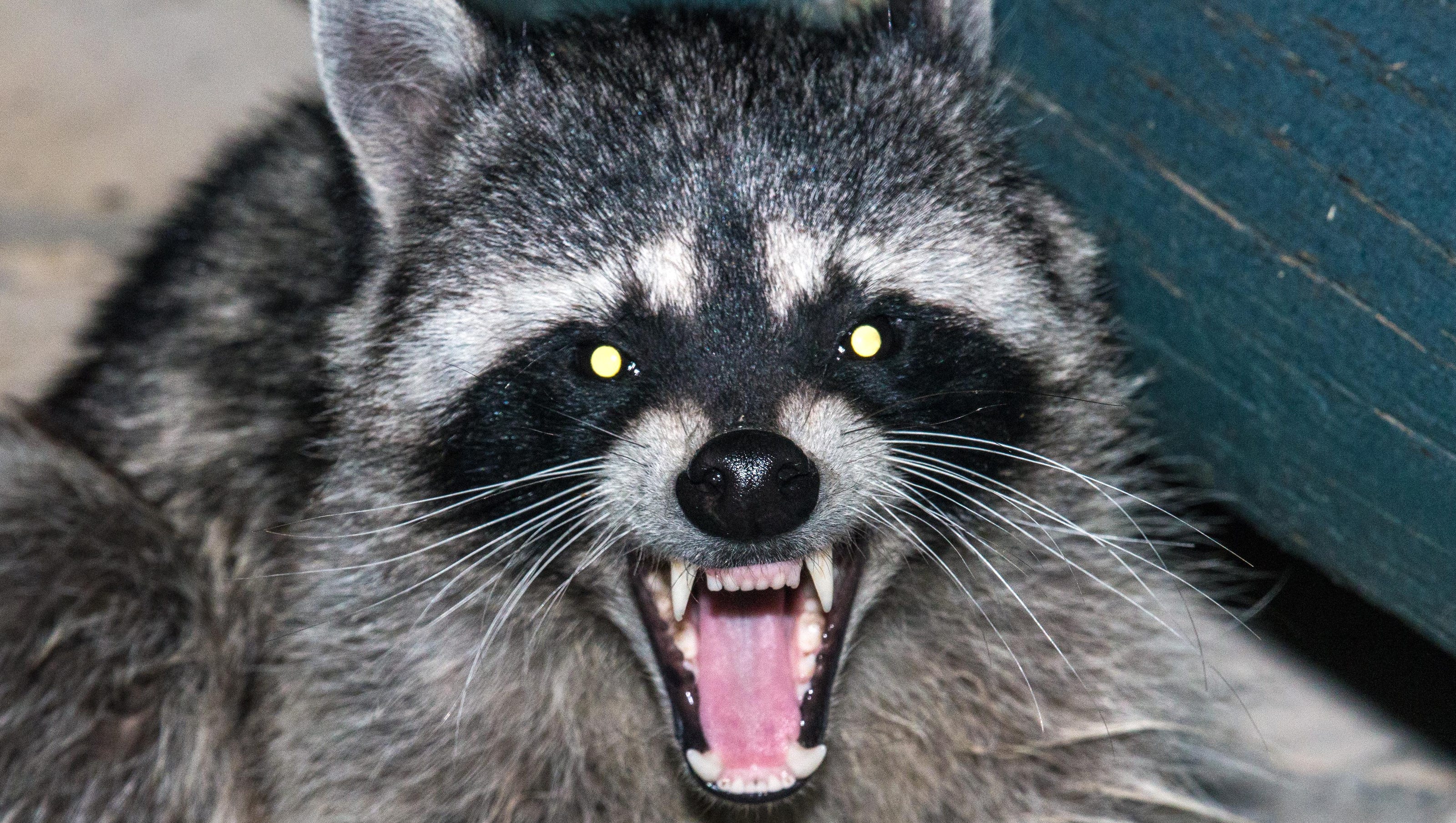
 Infection is spread out when eggs are mistakenly consumed by an individual or animal. People, especially young kids, end up being infected from unintentionally ingesting eggs from soil, water, hands, or other items that have actually been polluted with raccoon feces. The eggs need to be ingested by a human or other animal to be able to hatch and release larvae.
Infection is spread out when eggs are mistakenly consumed by an individual or animal. People, especially young kids, end up being infected from unintentionally ingesting eggs from soil, water, hands, or other items that have actually been polluted with raccoon feces. The eggs need to be ingested by a human or other animal to be able to hatch and release larvae.
Wildlife Removal Process
Raccoon removal services begin with a thorough inspection of the property. During the inspection, a professional wildlife removal technician will gather information on raccoon entry points, damaged structures, where the raccoons are nesting, and how many raccoons are in/near the home. After the inspection is complete, the wildlife professional with consult with the client on the materials, costs, and strategies needed to remove raccoons and relocate the raccoons.
After the client is satisfied with the removal plan, the service will begin. Our first plan of action is to trap the entire raccoon family. We do this first because it allows us to conduct proofing and do repairs without the danger of being attacked by the raccoons. Once caught, we will take the raccoons to a remote area more suited for wildlife. The animals will be released and we will return to the property to proof for future issues.
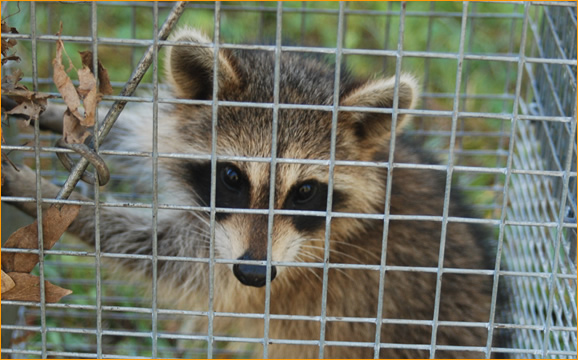
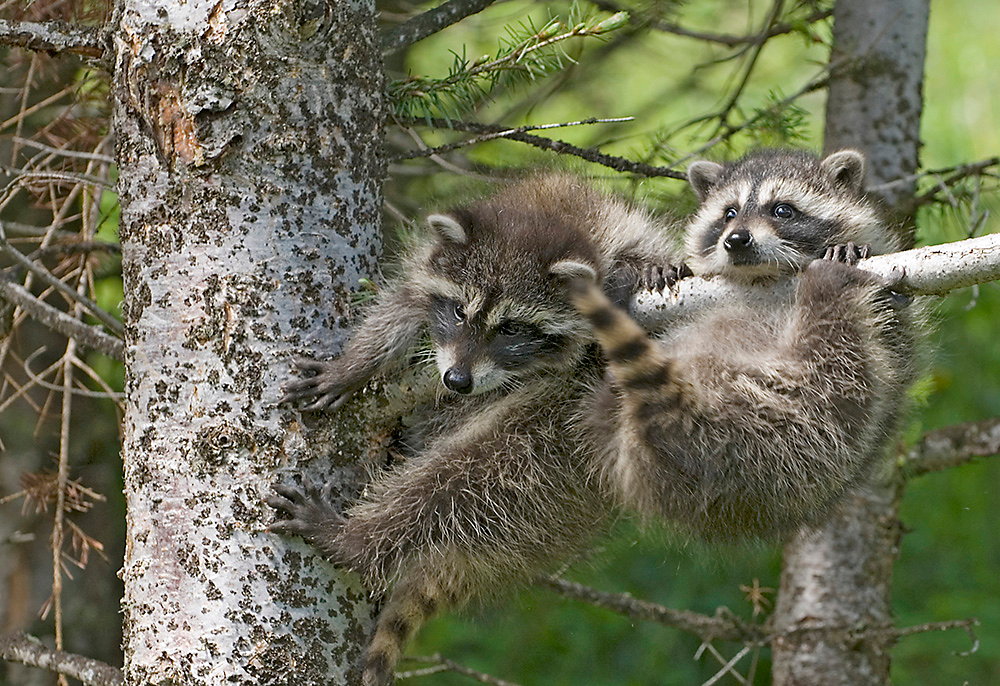
How To Get Started
It’s important to contact us for a professional removal service as soon as possible to minimize that damage done to your home. Many clients think the raccoons will leave on their and wait until more damage is done to call us. Once a family of raccoons set up shop within your attic, it may be a long time before they leave (if they ever do.) Check out the map below to see if you are within our service area.